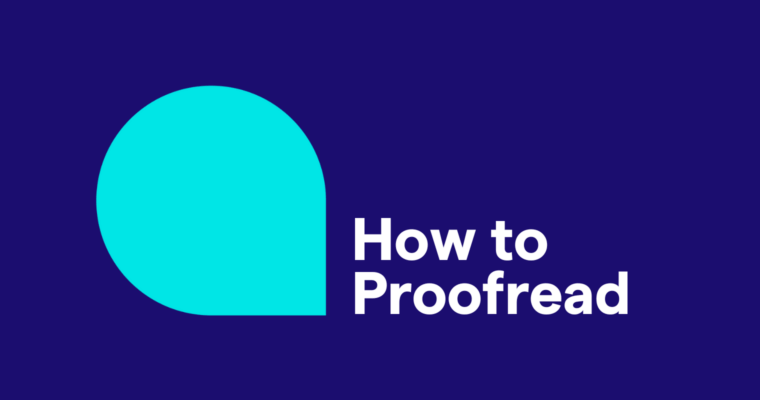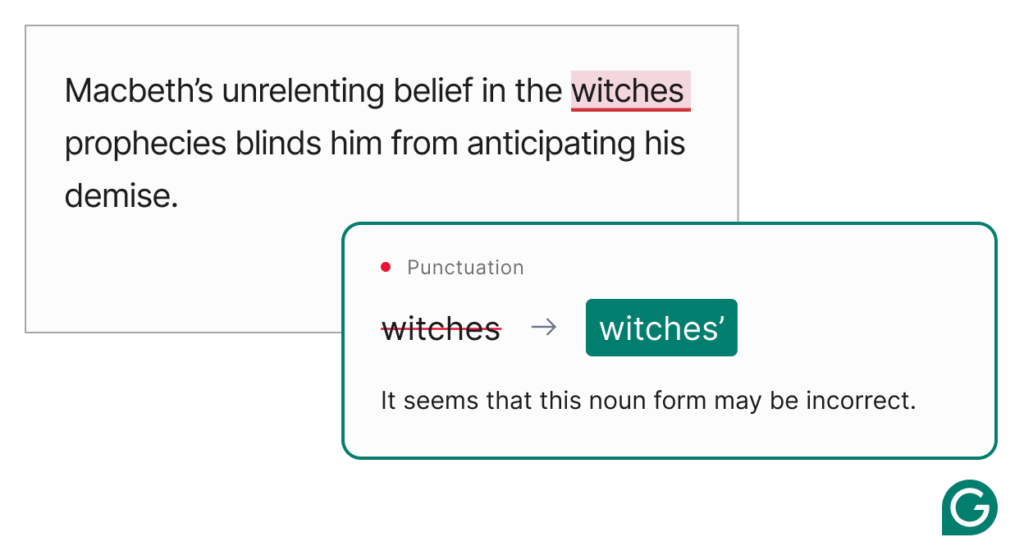
Grammarly
June 30, 2025
How to Proofread in 11 Steps


Grammarly
Updated on June 30, 2025
Proofreading is a critical final stage of the writing process where you correct small mistakes in grammar, spelling, style, and formatting. Unlike revising, which focuses on the ideas, structure, and flow of your writing, proofreading is all about getting your writing to its final draft state. While it might seem daunting at first, breaking the proofreading stage into manageable steps can make proofreading feel far more approachable and efficient.
Improve your writing with a Orthographe Plus Free account
- White without mistakes
- Generate text with AT prompts
- Learn your writing tone
Work smarter with Grammarly
The AI writing assistant for anyone with work to do
Table of Contents
ToggleWhy is proofreading important?
Proofreading is a vital step in the writing process. It’s your last opportunity to catch issues and refine your work before sharing it with others. Catching mistakes in grammar, spelling, punctuation, and formatting helps maintain your credibility and gives you confidence in your writing.
Here are the primary benefits of proofreading:
- Eliminate distractions: Remove typos, misspellings, and punctuation issues so readers focus on your message.
- Ensure consistency: Check style and formatting like capitalization, hyphenation, and spacing so your writing looks uniform.
- Refine tone and word choice: Adjust language to match your voice and strengthen the impact of each sentence.
- Share with confidence: Present a clean, error-free final draft that highlights your professionalism, enhances your credibility, and ensures readers trust the reliability of your work.
How to proofread in 11 steps
Proofreading can seem daunting. It requires focus, attention to detail, and multiple passes of your writing to be done effectively. That doesn’t mean you need to be an expert to proofread effectively. With a bit of guidance and practice, you can build your proofreading skills.
Use these steps to make your proofreading process more efficient and effective.
Step 1: Step away from your draft
Once you finish revising your draft, take a break. Set your text aside for a while (even a half hour helps, but a day or two is ideal) so you can return with fresh eyes. When you’ve spent days or weeks working on your piece, it can be difficult to spot mistakes because everything feels familiar. Stepping away gives your brain a rest and makes it easier to spot mistakes when you return to start proofreading.
Step 2: Eliminate distractions
Step 3: Change how your text looks
Step 4: Create a personal proofreading checklist
Before you begin the proofreading passes, create a checklist of common errors to look for. A good starting point is to note the mistakes you tend to make frequently (for example, confusing your and you’re or misplacing commas). If you have past feedback from teachers or editors, use it to identify things you should double-check. Writing down a list of your frequent trouble spots ensures you won’t forget to look for them.
Everyone’s list will be different. Yours might include checking for run-on sentences, ensuring you’ve spelled technical terms correctly, or verifying that you used consistent formatting. Keep this personalized checklist handy as you proofread. Not only will it help you catch recurring mistakes now, but over time it will also make you more aware of them so you can avoid those errors in the first place.
Step 5: Read aloud
Step 6: Check spelling and homophones
Next, do a pass for spelling mistakes. Use a proofreading tool like Grammarly to find and fix mistakes, but do your own review as well. Look out for homophones—words that sound the same but have different meanings and spellings. To catch these, read your text slowly word by word. Taking your time on this spelling pass will help you catch those sneaky typos and misused words.
How AI is changing the proofreading process
Spell-checkers have been a staple of word processors for decades, quietly catching typos and basic grammar errors in the background. But AI has taken proofreading to the next level. Instead of just flagging misspelled words or missing commas, modern AI tools can now suggest rewrites for clarity, point out inconsistencies in tone, and help you stay aligned with your intent—all in real time.
Here’s how Grammarly supports your proofreading process:
- Spots grammar and spelling mistakes: Grammarly flags grammar, spelling, and punctuation issues as you write so you can fix mistakes before they slip through. It’s like having a second pair of eyes.

- Improves clarity: Grammarly offers suggestions for clarity, helping you make sure your message lands exactly as you intend.







